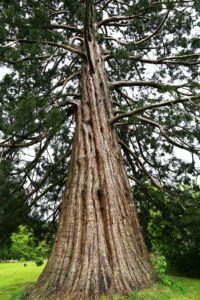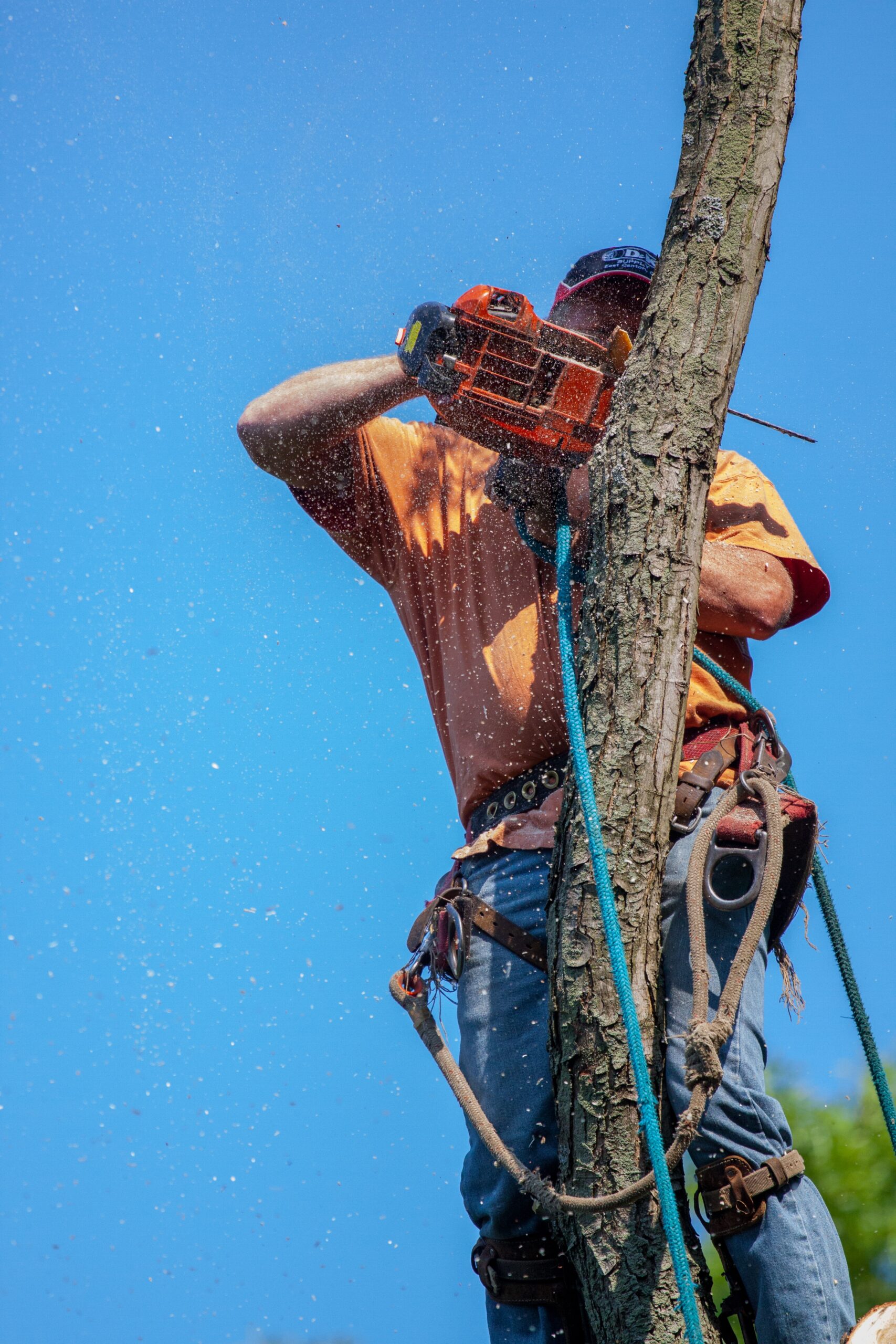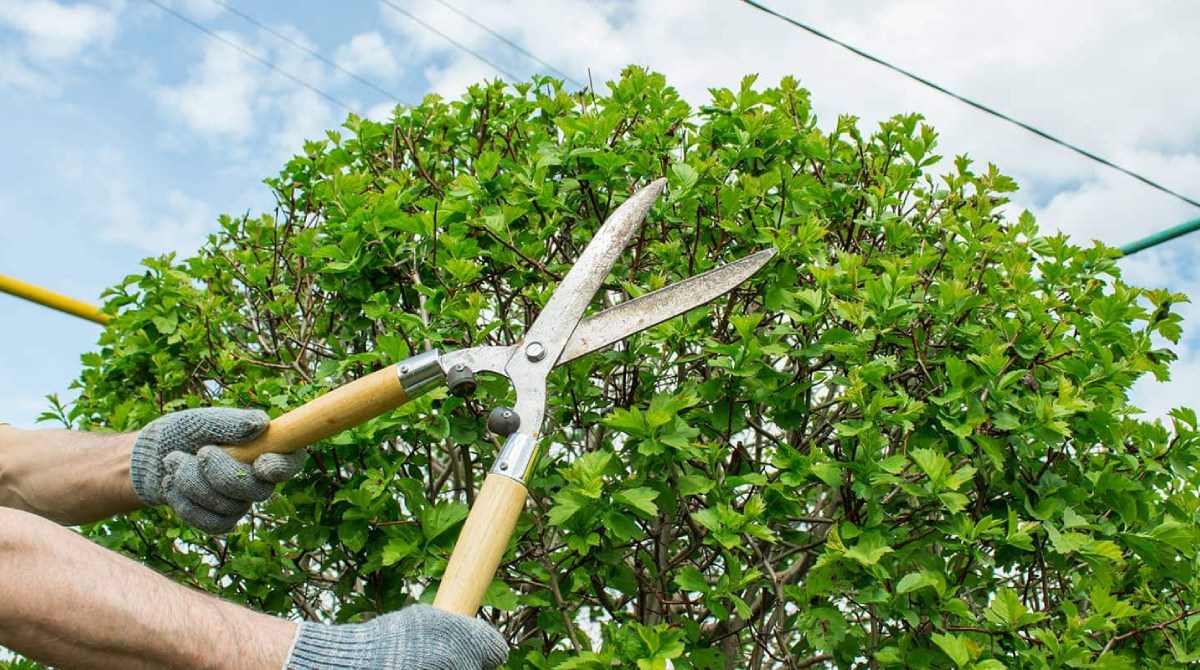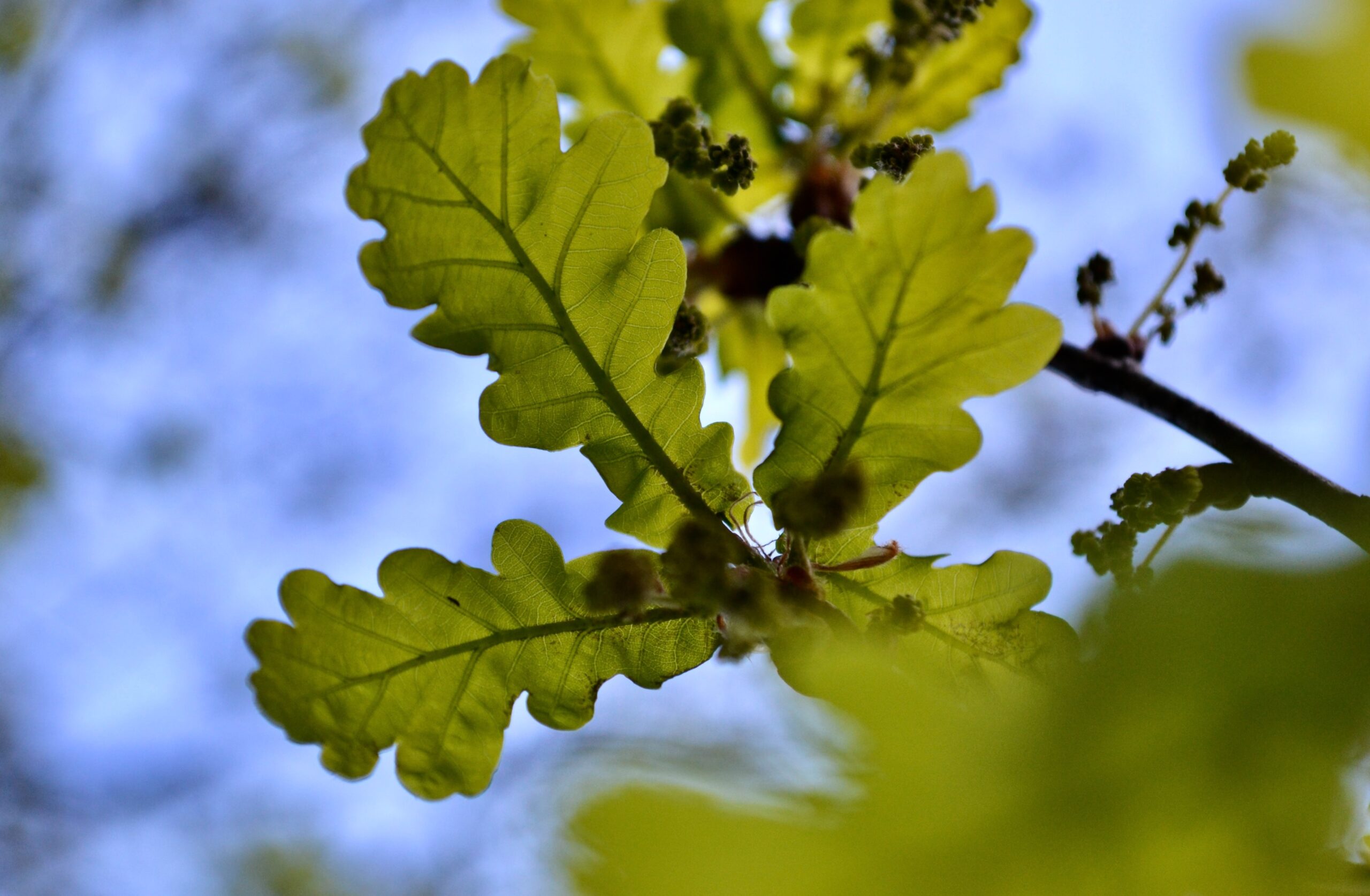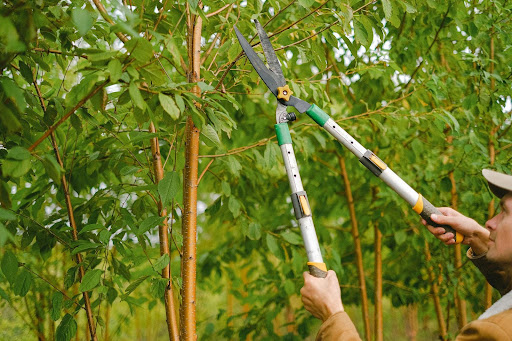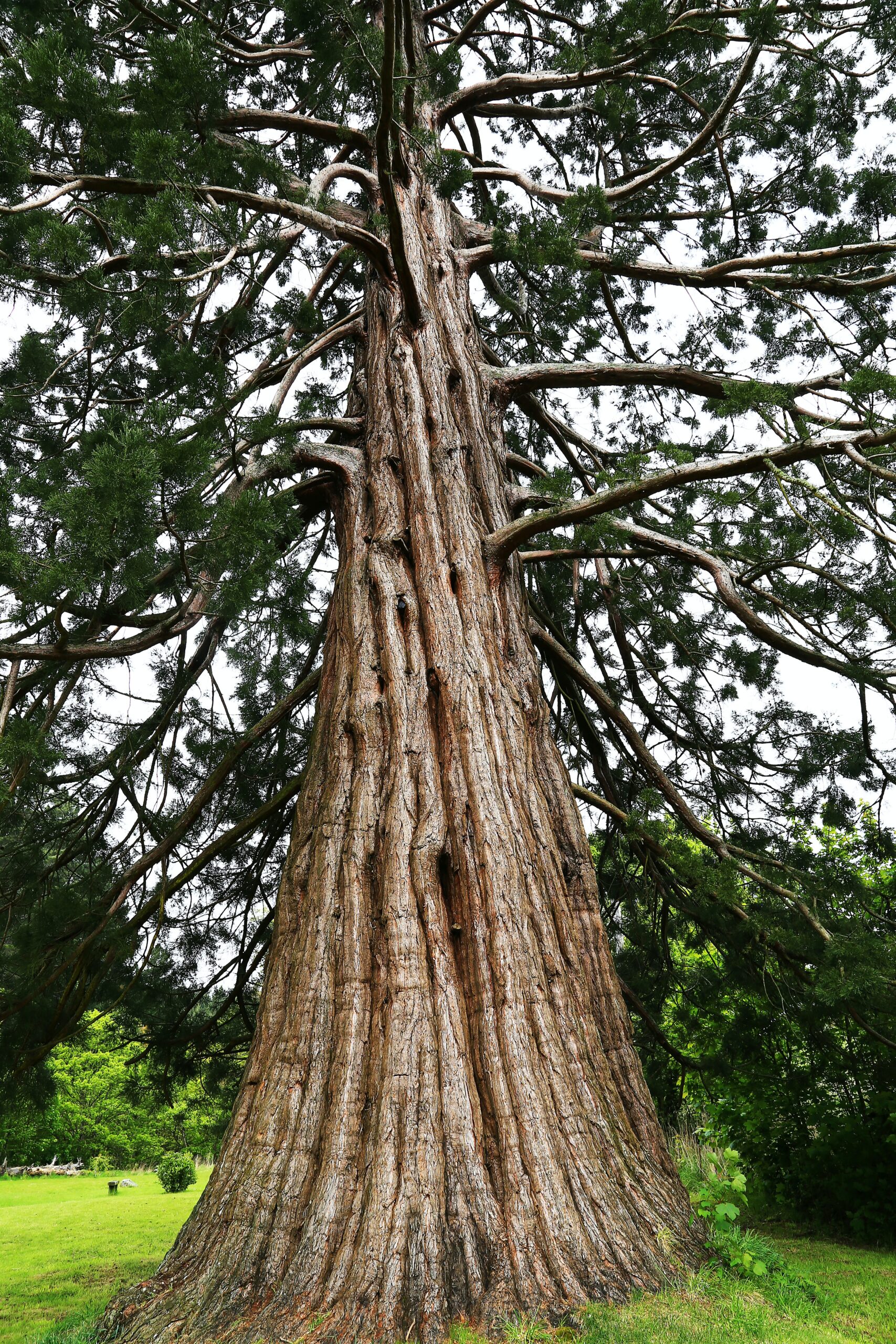
Rooting for Success: Choosing the Right Dallas Trees for Your Property
Date September 14, 2023
Part 1: Understanding Dallas’s Unique Landscape
1. Introduction to Dallas’s Landscape
Dallas, often recognized for its bustling urban environment, also possesses a unique geography and climate that significantly impacts its natural greenery. With its subtropical climate and varying terrains, the importance of selecting the right trees becomes paramount. Selecting the right trees is not just a matter of aesthetics; it’s a pivotal decision that can ensure the longevity and health of the trees you plant. TreeNewal is the go-to expert for all things Dallas landscape!
2. The Dallas Climate: What Trees Experience
Dallas experiences a humid subtropical climate. Here’s a closer look at what this entails:
- Temperature Ranges: Winters are mild, with averages in the 50s, while summers can be hot, often exceeding 90 degrees.
- Precipitation Levels: Dallas receives about 37 inches of rainfall annually.
- Humidity: Summers can be quite humid, adding to the heat index.
Due to this climate, trees in Dallas face a series of challenges and benefits. Seasonal changes, especially the scorching summers, can stress trees that aren’t adapted to such conditions, making the choice of the right species even more essential.
3. Soil Conditions in Dallas
To truly understand what trees will thrive, we must dig a bit deeper—into the soil. Dallas primarily houses three soil types:
- Clayey Soil: This dense soil can retain water but also has poor drainage.
- Sandy Soil: It provides good drainage but doesn’t retain moisture as well.
- Loamy Soil: Often considered the best for most plants, loamy soil is a balanced mix of sand, silt, and clay.
Furthermore, the soil pH can vary, influencing nutrient availability for trees. Ensuring good drainage is crucial, especially for species intolerant to waterlogged conditions. For a more comprehensive understanding of Dallas’s soil, you might consider resources like the Soil Survey of Dallas County.
4. Importance of Native Trees
Native trees have evolved over thousands of years, adapting to Dallas’s unique conditions, making them a preferable choice for many homeowners. Here’s why:
- Sustainability: Native trees often require less water and are more resilient to local pests and diseases.
- Less Maintenance: Being adapted to the local conditions, they don’t require excessive care.
- Support for Local Wildlife: Birds, insects, and other local fauna have co-evolved with these trees, relying on them for habitat and food.
In essence, choosing native trees is a nod to maintaining Dallas’s ecological balance.
5. Non-Native Trees: Risks and Rewards
Venturing into the realm of non-native trees can be tempting. They bring in a slice of a different ecosystem, offering new aesthetics. However, it’s essential to weigh the risks and rewards:
- Risks:
-Water Consumption: Some might need more water than what Dallas’s climate provides naturally.
-Disease Susceptibility: Not being native, some trees might be prone to local pests and diseases.
-Invasiveness: Some species can become invasive, choking out native species. - Rewards:
-Aesthetic Diversity: They can provide a unique look to your landscape, different from the typical Dallas greenery.
-Unique Opportunities: Some non-natives, when researched well, can offer benefits that even natives don’t.
While the allure of non-native trees can be strong, it’s crucial to do thorough research or consult with local nurseries or arborists to ensure that the species you’re interested in is suitable for Dallas’s conditions.
With a foundation in understanding Dallas’s landscape, climate, and soil, you’re now equipped to make informed decisions about tree selection. Whether you lean towards native trees or are intrigued by non-natives, ensure that your choice aligns with Dallas’s unique conditions for a thriving landscape.
Part 2: Selecting the Best Trees for Your Property
6. Top Native Trees for Dallas
Dallas’s unique environment is home to a plethora of trees, but some native species stand out as ideal for planting:
- Live Oak: A majestic tree known for its sprawling branches and longevity. Its evergreen nature provides shade year-round. Care Tip: Ensure ample space for growth, as it can spread wide.
- Cedar Elm: Appreciated for its resistance to drought and beautiful golden fall foliage. Care Tip: Thrives in well-drained soil.
- Redbud: Recognized by its vibrant spring blossoms, it’s a smaller tree suitable for urban landscapes. Care Tip: Prefers slightly acidic soil.
These native trees are not only adapted to the Dallas climate but also enhance the area’s biodiversity.
7. Non-Native Trees That Can Thrive
While natives are excellent, a few non-native trees have proven they can thrive in Dallas:
- Crepe Myrtle: Renowned for its vivid summer blossoms and peeling bark. Care Tip: Prune in late winter to encourage new growth.
- Japanese Maple: A smaller tree, prized for its delicate leaves and vibrant fall colors. Care Tip: Best planted in a sheltered spot away from harsh sun.
Before opting for non-natives, it’s wise to consult resources like the Dallas Trees Guide to ensure they align with the area’s conditions.
8. Assessing Your Property’s Needs
When choosing a tree, understanding your property’s requirements is pivotal. Consider the following:
- Shade: Do you need a tree that provides ample shade, or are you looking for something ornamental?
- Aesthetics: Are you keen on fall colors, spring blossoms, or perhaps an evergreen?
- Privacy: Some trees, like evergreens, can act as natural privacy screens.
- Space & Growth: Ensure your yard can accommodate the tree’s full mature size.
By aligning a tree’s characteristics with your needs, you’re more likely to have a successful planting.
9. Tree Planting and Early Care Tips
Planting a tree in Dallas requires some careful planning:
- Best Planting Time: Fall is ideal, allowing roots to establish before summer heat.
- Soil Prep: Incorporate organic matter or compost to enhance soil structure.
- Watering: Regular watering in the first year is crucial. Thereafter, adjust based on tree species and Dallas’s rainfall.
Providing attentive care in the early stages ensures a robust foundation for your tree’s future growth.
10. FAQs
- Q1: How often should I water my tree in Dallas?
A1: In the first year, water newly planted trees 2-3 times a week. Thereafter, adjust based on species and rainfall, typically once a week during dry spells. - Q2: Do certain trees attract specific wildlife?
A2: Yes, native trees like Cedar Elm can attract local birds, while flowering trees like Redbud attract pollinators. - Q3: How do I protect my trees from Dallas’s occasional extreme weather events?
A3: Mulching around the base can regulate soil temperature. Also, ensure proper pruning to remove weak branches that can break in storms. - Q4: When’s the best time to prune Dallas trees?
A4: Generally, late winter is ideal, but it can vary based on tree species. - Q5: Are there any city restrictions on planting certain trees in Dallas?
A5: Some invasive species might have restrictions. Always check with the Dallas Urban Forestry before planting.
Making informed choices, from tree selection to early care, can ensure that your Dallas property is not only beautiful but also contributes positively to the local ecosystem. Whether you choose a native Live Oak or a dazzling non-native like the Crepe Myrtle, understanding Dallas’s unique conditions will guide you towards a thriving landscape.
In Conclusion: Choosing the right Dallas Trees isn’t just about aesthetics; it’s about understanding our unique landscape, climate, and the needs of our property. From majestic native trees to flourishing non-natives, the choices we make directly impact the environment and the value of our property. If you’re ready to embark on this green journey, let TreeNewal be your guide. With expertise honed since 2017 in the Dallas and Fort Worth Metroplex, we’re committed to ensuring your trees not only thrive but also resonate with the heart of Dallas. Connect with TreeNewal today and let’s grow a greener tomorrow together!
